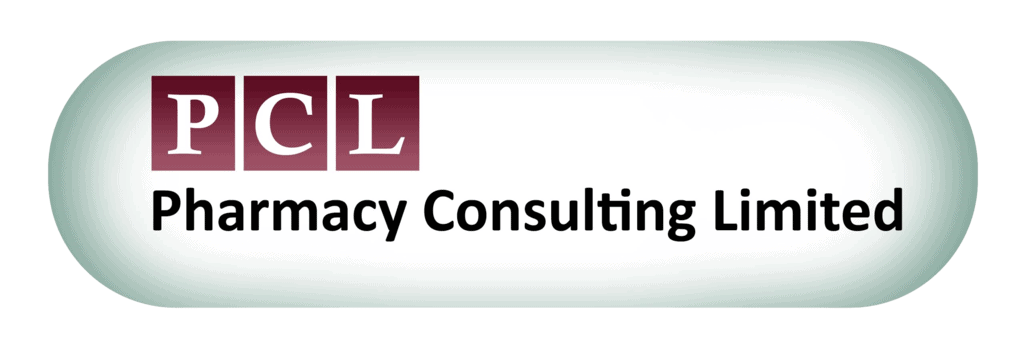A recent Patient Safety Alert has been issued by NHS England and NHS Improvement National Patient Safety Team, and the British Association of Dermatologists, on the risk of inadvertent oral administration of potassium permanganate and the fear over safety when used.
This alert affects both primary and secondary care providers and for them to consider whether the benefit of using Potassium Permanganate outweighs the risks. The alert indicates for providers to review their prescribing and labelling of the product and its storage instructions if they continue to use.
Potassium Permanganate is normally used in the NHS as a diluted solution for the treatment of weeping and blistering skin associated with conditions such as leg ulcers or infected eczema. It is not a licensed medicine and is supplied in concentrated forms, usually as a ‘tablet’ or a solution which requires dilution. Ingestion of concentrated forms (and even the diluted forms) can be very dangerous due to high levels of toxicity which can cause rapid swelling and bleeding of the lips and tongue, gross oropharyngeal oedema, and local tissue necrosis, stridor, and gastrointestinal ulceration. Indigestion can be fatal resulting in multiorgan failure.
A patient Safety Alert from 2014 revealed that there was a high number of cases where patients had inadvertently ingested the concentrated forms. These incidents occurred due to poor terminology and presentation of the product which perhaps indicated that they were for oral ingestion.
A further review two years later by the National Reporting and Learning System showed that these ingestions and incidents were still occurring, unfortunately, with reports of a death of a patient. The British Association of Dermatologists (BAD) have issued ‘Recommendations to minimise the risk of harm from potassium permanganate soaks’, which includes guidance on formulary management, best-prescribing practice, dispensing, storage, preparation and use and waste.
Actions to be taken in respect of this latest alert affect both primary and secondary care providers who they are asked to review the overall use and need of potassium permanganate and the therapeutic committee to consider if the benefit outweighs the risk. If use is to continue, to update and implement clear guidelines which align with BAD recommendations
In Primary Care:
- Ensure patients are not on repeat prescriptions for potassium permanganate
- The prescription should include clear instructions to dilute before use
- The dispensing label includes ‘HARMFUL IF SWALLOWED’
In Secondary Care:
- Remove all stock supply and only supply on a patient name basis
- The dispensing label includes ‘HARMFUL IF SWALLOWED’
- Do not store potassium permanganate with medicines for oral/internal use, including ward drug trolly, dilution should occur away from the patient and neither diluted or concentrated solution should be left near the patient
Overall this patient safety alert for the use of potassium permanganate should be a prompt to review current practices and ensure that it is only prescribed by an appropriate prescriber. If the patient is to use the product at home, ensure a risk assessment is done before prescribing. Ensure all patients who are supplied with potassium permanganate are given an information leaflet. By reviewing current practices and tightening up controls for the safe prescribing and supply of potassium permanganate should promote safer use and a reduction in any patient incidents of ingestion or harm. Read the full NHS England alert guidance on: https://www.england.nhs.uk/wp-content/uploads/2022/04/NaPSA-Inadvertent-oral-administration-of-potassium-permanganate-April-2022.pdf
